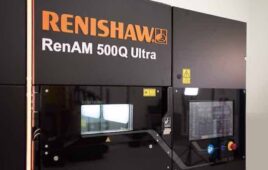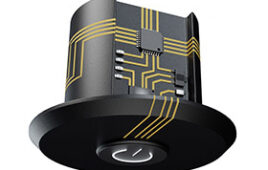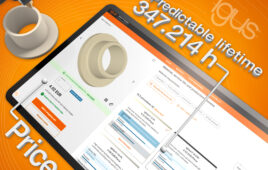The most comprehensive models of the universe are simulated by supercomputers — not the kind of digital files the travel quickly across the Internet.
A new model of the cosmic microwave background, the oldest light in the universe, is a bit more nimble. Researchers at Imperial College London designed and printed a CMB map using a 3D printer.
The files are available for anyone to download.
The cosmic microwave background formed when the universe was only 380,000 years old. The universe is estimated to be 13.8 billion years old.
CMB was the first radiation to travel freely through the universe in the wake of what cosmologists refer to as recombination. Roughly 380,000 years after the Big Bang, the hot, exploded plasma of the universe began to cool and protons and electrons combined to form neutral hydrogen.
Recombination allowed photons to travel longer distances, and thermal energy spread through the universe. The cosmos became transparent instead of opaque.
“Differences in the temperature of the CMB relate to different densities, and it is these that spawned the formation of structure in the universe — including galaxies, galaxy clusters and superclusters,” Dave Clements, a physicist at ICL, explained in a news release.
Scientists have developed many maps of the ancient propagating photons, but they’re often confusing — the data difficult to parse. Researchers are hopeful their latest model is more accessible.
“Presenting the CMB in a truly 3D form, that can be held in the hand and felt rather than viewed, has many potential benefits for teaching and outreach work, and is especially relevant for those with a visual disability,” Clements said.
The modeling efforts of Clements and his colleagues is detailed in a new paper, published this week in the European Journal of Physics.
Filed Under: 3D printing • additive • stereolithography, Materials • advanced




